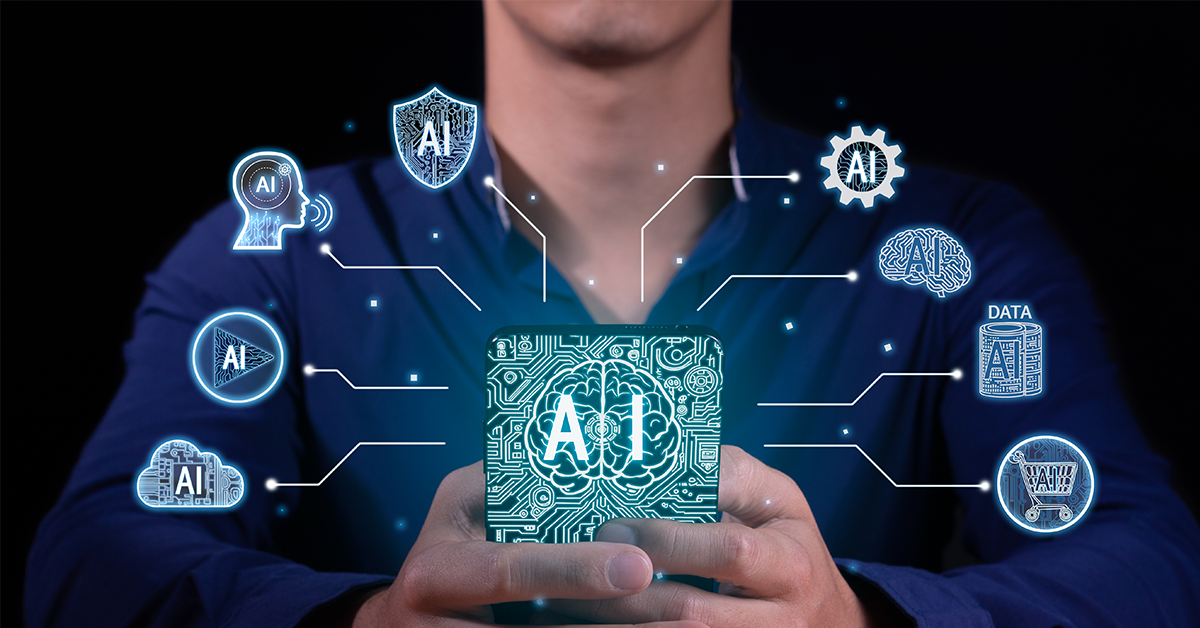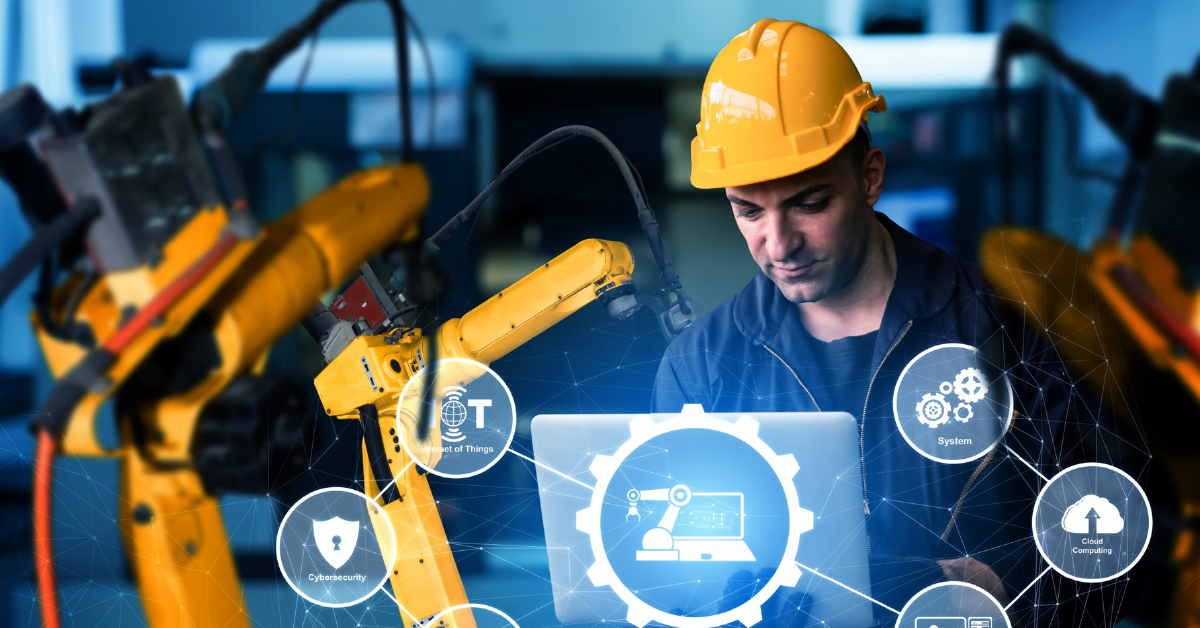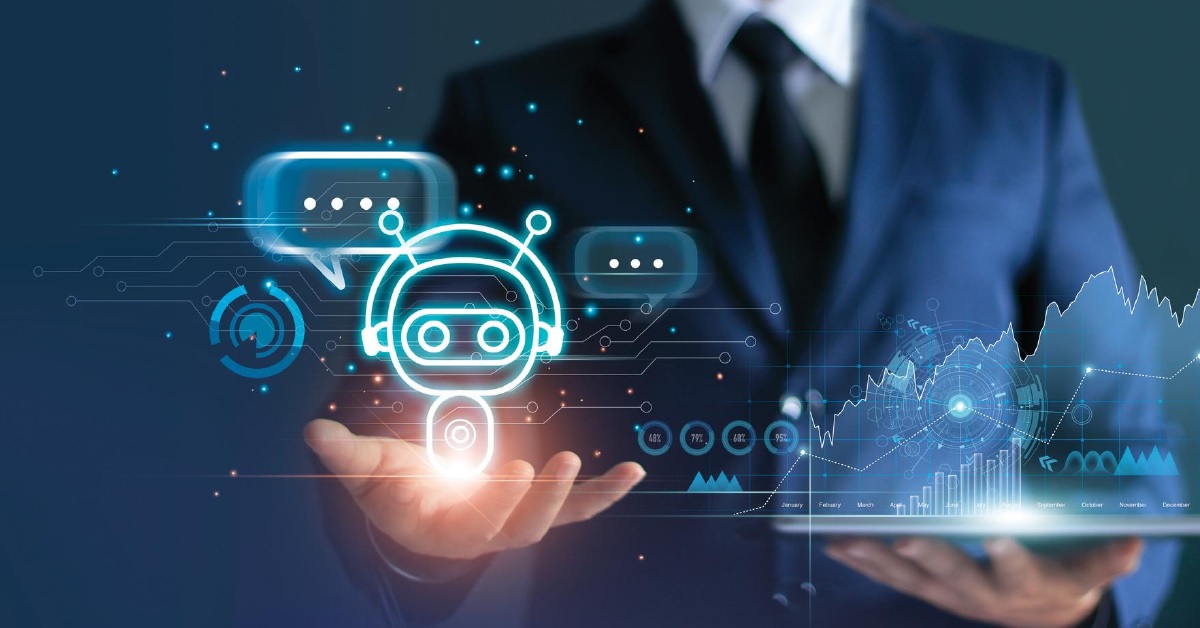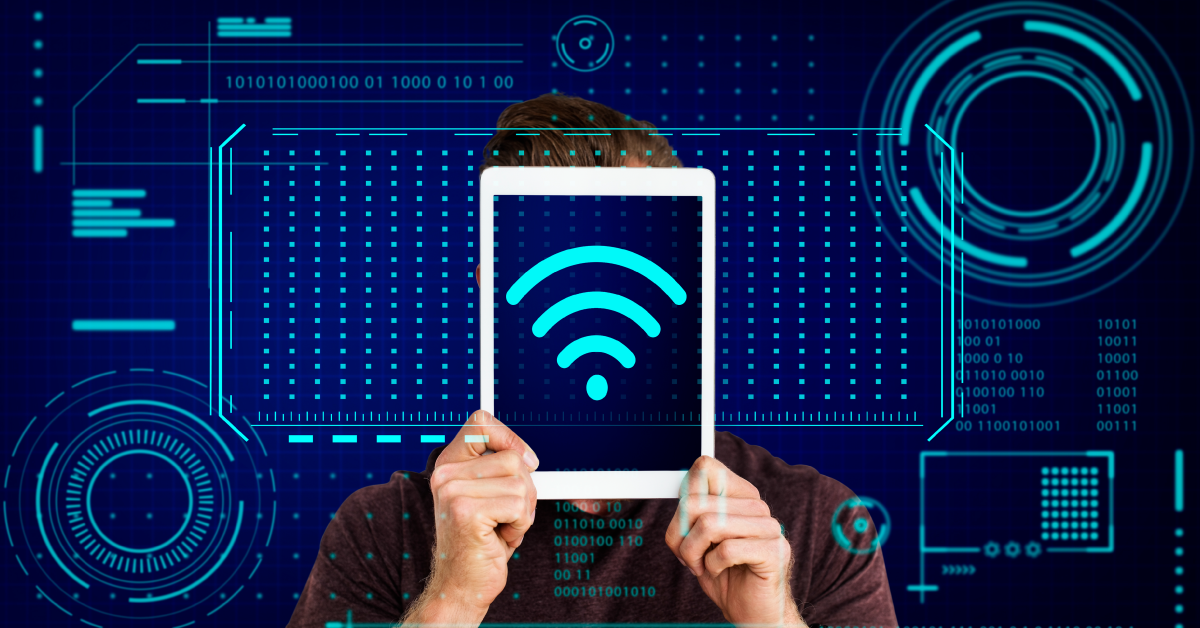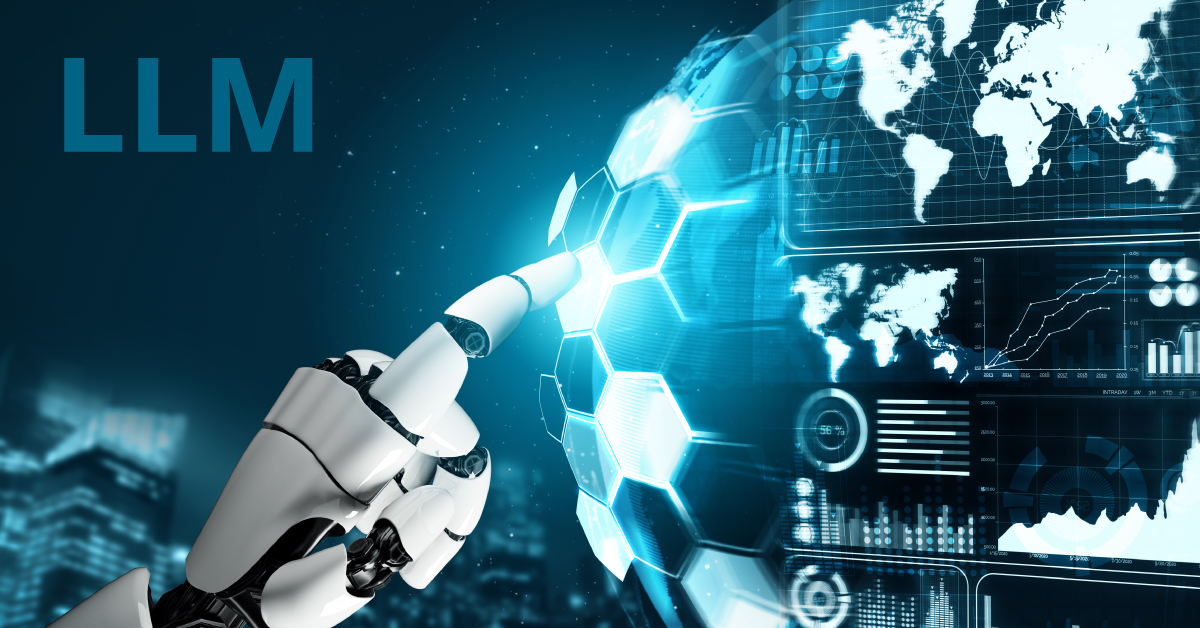How Humanoid Robots Are Redefining Human-Machine Interaction
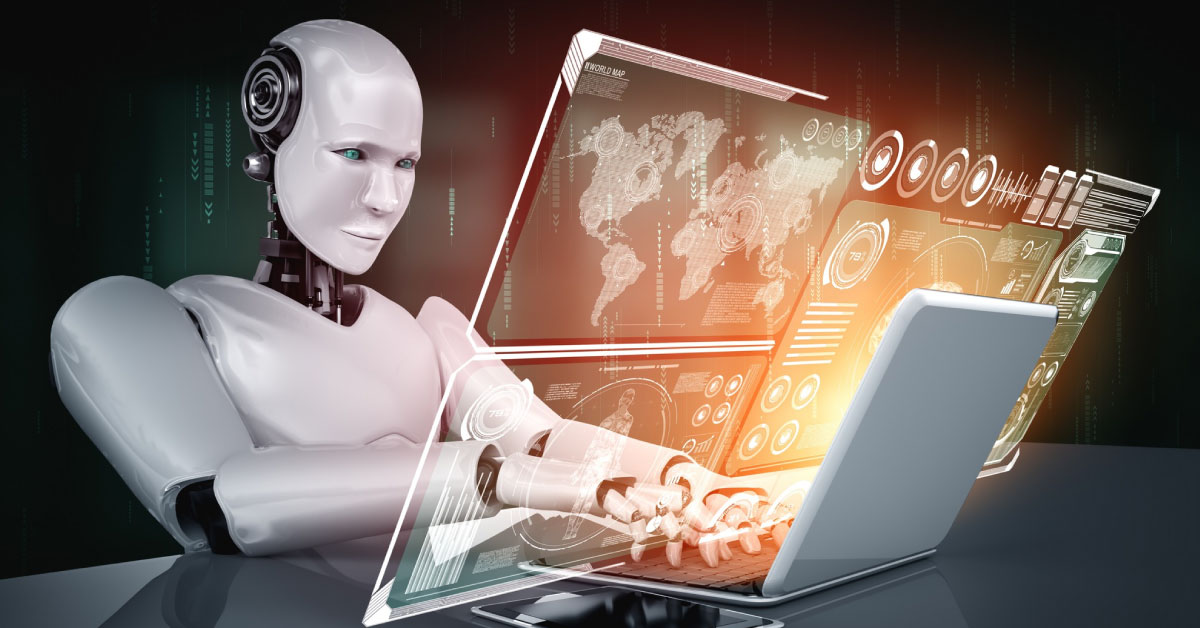
5 min read
The distinctions between humans and machines are getting more and hazier. Modern AI-driven humanoid robots are at the frontline of this transition and have the potential to change how humans interact with the digital world entirely. Beyond altering the nature of human-robot interactions, these advancements are also redefining the parameters by which we envision communication in the future, particularly about developing more inclusive technology for groups like the speech-impaired. With an emphasis on creating hand gesture detection systems that promote genuine, effective, and seamless communication, this blog post explores the complex world of humanoid robots and their effects on human-machine interaction.
The Concept of Human-Robot Interaction
The branch of study known as human-robot interaction (HRI) is devoted to understanding, developing, and assessing robotic systems for use by or together with humans. To build robots that can safely and productively operate alongside people, a multidisciplinary effort combining components from robotics, artificial intelligence, engineering, cognitive psychology, and social sciences is underway. The core of human-robot interaction (HRI) is its emphasis on user-friendly interfaces, which allow for smooth communication between humans and robots and improve human-machine teams’ collaboration capabilities. At the forefront of this research, complex humanoid robots built with traits and skills akin to humans are expanding the limits of what is feasible in human-robotics research.
How is AI Used in Human-Robot Interaction?
Robots driven by AI are the future of human-robotic innovation. With artificial intelligence, these advanced humanoid robots can recognize and understand human gestures, movements, and directions. Depending on the situation, this allows them to react in meaningful and suitable ways. Creating hand gesture recognition systems is one of the most critical advances in this field. By using AI to interpret intricate hand movements, these systems enable genuine and effective human-computer interactions without further devices.
This technology holds great promise for those who rely primarily on hand gestures for communication, such as the speech-impaired community. We are moving toward a time when humanoid robots with AI-powered hand gesture recognition can help and translate for those with speech problems, removing obstacles to communication and promoting an inclusive society.
Humanoid robots with hand gesture recognition systems are examples of how advanced AI algorithms and machine learning techniques have become. These systems analyse real-time hand movements and forms, which then compare the results to a database of recognized gestures to determine their meaning. AI is particularly good at understanding human behaviour and communication intricacies. Thus, this process calls for more than just advanced image processing skills.
Empowering Speech-Impaired Communities through Robotics
A new era of inclusivity is being brought in by the convergence of robotics and artificial intelligence (AI), especially for communities of people with speech impairments.
A significant advancement has been made in creating and applying gesture recognition systems in humanoid robots. These systems are proficient at quickly decoding unique gestures or sign language and converting them into text or spoken words. This invention offers a platform to individuals historically marginalized by the quick speed of digital innovations, making it more than a technological achievement. It ensures that everyone may interact with the digital world, obtain information, and use services that many take for granted, regardless of their capacity for spoken communication. Beyond just communication, this empowerment breaks down barriers and builds an inclusive society where everyone’s voice is heard. It also promotes a feeling of involvement and belonging in the digital era.
Advanced Technologies in Humanoid Robotics
The field of humanoid robotics is expanding at a rate never seen before because of developments in neuroimaging and signal processing. These robots are companions that can understand and navigate the complexity of the human world because they are outfitted with advanced sensors and artificial intelligence (AI).
The awareness of emotions is an essential component of development. This technology aims to give robots the capacity to recognize and react to human emotions, opening the door to more understanding and empathic interactions. These developments have far-reaching effects. We see a time when humanoid robots become increasingly interwoven into everyday life, enhancing human capabilities and providing company in ways previously only seen in science fiction as these technologies advance. This development points to a move toward building robots that grasp situations, feelings, and subtleties in addition to commands, enhancing human-robot interactions and establishing closer bonds.
Challenges and Considerations in HRI
Difficulties and ethical issues are associated with the increasing prevalence of humanoid robots in daily life. There are serious privacy, security, and job displacement concerns with integrating these advanced machines into society. There’s a thin line between using robots to help humans and running the risk of escalating unemployment or creating a surveillance society.
Furthermore, if these robots are not designed and programmed responsibly, there is a chance that they will reinforce preexisting biases or injustices. Technology developers, legislators, and society at large must work together to address these concerns. The development of humanoid robots must be directed to maximize advantages and minimize disadvantages. This entails creating moral standards, ensuring AI algorithm transparency, and encouraging discussion over the place of robots in society.
The ultimate objective is to build a world where people and humanoid robots live in harmony, advancing one another’s capacities and improving lives without sacrificing equity or human values.
The Future of Human-Robot Interactions
The use of AI in human-robot interaction is still in its infancy, especially in creating systems for hand gesture recognition. As artificial intelligence (AI) technologies develop, we can see a time when humanoid robots play a significant role in everyday life, helping with everything from complicated communication requirements to daily tasks. These robots will redefine the limits of human-machine collaboration by augmenting human talents and offering companionship and assistance.
There are several obstacles in developing efficient humanoid robots that can blend in with our daily lives, from ethical issues to technological difficulties. But this is a worthwhile attempt given the potential advantages of such advances, particularly for long-marginalized communities. With the ongoing exploration of the immense potential of AI-powered robotics, the vision of a society where technology benefits people is becoming more and more attainable.
In conclusion, the advancement of advanced humanoid robots—especially those that can recognize and decipher human hand gestures—represents an essential turning point in the history of human-robot communication. These AI-driven developments portend a time when technology will break down barriers and improve communication in unimaginable ways, enhancing the human experience.
FAQ
-
What are humanoid robots?
Humanoid robots are advanced robotic systems designed to mimic human appearance, movements, and often behaviors. They are equipped with artificial intelligence (AI) to interact with humans and their environment in a way that feels natural and intuitive.
-
How do humanoid robots interact with humans?
Humanoid robots interact with humans through various modalities, including voice, touch, and gestures. They use sensors and AI algorithms to understand and respond to human actions and commands, facilitating a more natural and engaging form of interaction.
-
What role does AI play in humanoid robots?
AI is fundamental to the operation of humanoid robots, enabling them to perceive their surroundings, process information, make decisions, and learn from their interactions. It powers capabilities such as speech recognition, natural language understanding, gesture interpretation, and emotion recognition.
-
How are humanoid robots improving communication for the speech-impaired?
Humanoid robots, equipped with gesture recognition technology, can interpret sign language or custom gestures and translate them into spoken word or text. This provides a new avenue for communication for individuals who rely on non-verbal forms of communication, bridging gaps and fostering inclusivity.
-
Can humanoid robots replace human interaction?
While humanoid robots can supplement and enhance human interaction, especially in areas like education, healthcare, and customer service, they are not intended to replace genuine human relationships. The goal is to use robots to perform tasks that can improve human lives, not to diminish the value of human connection.
6. How will humanoid robots evolve in the future?
Future evolution of humanoid robots is expected to involve enhanced cognitive capabilities, more refined social interactions, better adaptability to complex environments, and closer integration into human activities. Ongoing research and development will continue to push the boundaries of what’s possible, making robots more helpful, empathetic, and capable partners in our daily lives.
7. How can individuals and organizations prepare for the integration of humanoid robots?
Preparation involves staying informed about technological advancements, considering ethical implications, and exploring opportunities for collaboration and training. For organizations, it may also mean identifying areas where humanoid robots can add value, investing in relevant technologies, and fostering a culture of innovation and adaptability.
Published: March 13th, 2024

